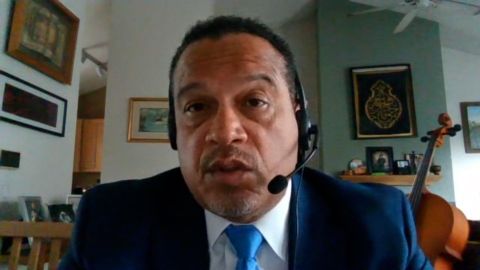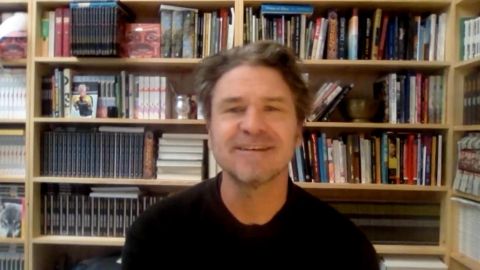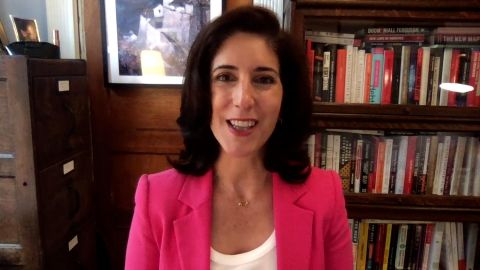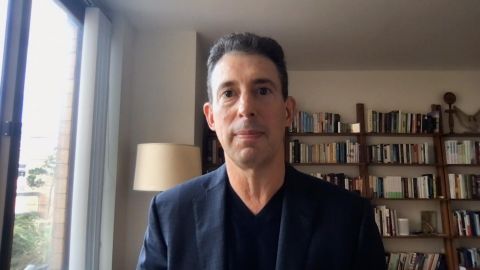Read Transcript EXPAND
RANA FOROOHAR, CNN GLOBAL ECONOMIC ANALYST: Well, it’s a very great point. And part of that bigger package that progressives have been pushing for is investment into what’s called human capital, the care economy, teachers, child care workers, home health workers. For starters, these are employment areas that are very heavy on women. Women are in these fields. They’re the fastest growing fields. This is something the Biden administration’s been pushing, this idea of the care economy. And there have been a lot of pushback, hey, this is expensive, what we need is roads and bridges, not investments into teachers or child care workers. I think it’s probably a good opportunity for the White House to say, actually, we might need that. Maybe human capital is capital, and it’s where we should be putting money now.
BIANNA GOLODRYGA: Yes, they kept on trying to link the two. But many would argue that they weren’t doing that as explicitly as they could have been, saying that this isn’t just about spending. This is about getting the economy back on track. I believe we have sound from the president just talking about this report. Let’s listen.
(BEGIN VIDEO CLIP)
JOE BIDEN, PRESIDENT OF THE UNITED STATES: The jobs numbers also remind us that we have important work ahead of us and important investments we need to make. America’s still the largest economy in the world. We still have the most productive workers and the most innovative minds in the world. But we risk losing our edge as a nation if we don’t move.
(END VIDEO CLIP)
GOLODRYGA: So how do you square that, Rana, with just anecdotally? I know you have been hearing it as well. I have been seeing it too. You walk into stores, you walk into restaurants, you talk to owners, you talk to managers who say, listen, we are paying very well. And we have seen wages go up over the past few months as well. And yet they cannot get people to come in and work for them. They can’t be fully staffed. And that is impacting their business as well. So what’s the disconnect here? Is there some sort of disruption that’s taking place?
FOROOHAR: Well, you have to think about, where are you seeing those help wanted signs? You’re seeing them in restaurants. You’re seeing them in retail shops. These are all parts of the economy that were really decimated during COVID. And the U.S. has a kind of an economic model where when, there are bad times, we fire people easily, and when there are good times, we supposedly hire them easily. Other countries do it differently. European companies — or — sorry — countries, Germany, in particular, they tend to buffer those changes. But in America, companies can move those costs off the balance sheet, but then sometimes it’s hard to get workers when you need them. And then that has a knock-on effect for the economy too. So I think that what we’re seeing really is the legacy of our just-in-time economy. And one of the things the White House will wants to do is move it to a just-in-case economy. And that’s going to be a slow process.




